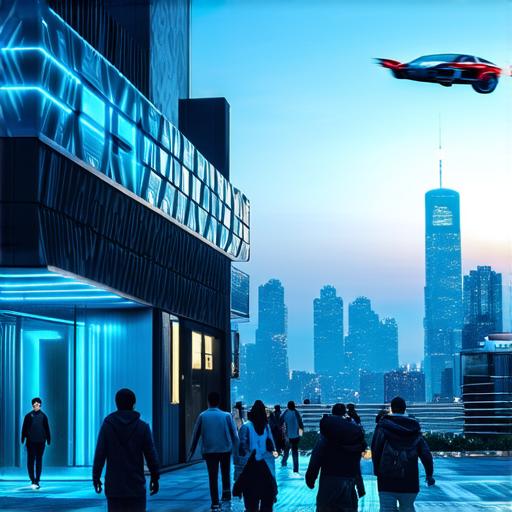Best Practices for 3D Development on Your Website
In today’s digital age, having a website is essential for any business or individual looking to showcase their products or services. However, not all websites are created equal. In fact, many websites fail to capture the attention of their target audience and ultimately fail to achieve their goals. One way to make your website stand out is by incorporating 3D development into your design. 3D development has the potential to transform your website into an immersive and engaging experience that will keep visitors coming back for more.
1. Define Your Purpose
Before you begin your 3D development project, it’s essential to define your purpose. What do you want to achieve with this technology? Are you looking to create an interactive product demonstration or simply add some visual interest to your website? Once you have a clear understanding of your goals, you can start to plan out the design and functionality of your 3D development project.
2. Know Your Audience
Another important factor to consider when developing a 3D website is knowing your audience. Who are you designing this website for? What kind of experience are they looking for? Understanding your target audience will help you tailor your design and functionality to their needs, ensuring that your website resonates with them.

3. Optimize for Mobile
One of the most important considerations when developing a 3D website is optimizing it for mobile devices. With more and more people accessing the internet on their smartphones and tablets, it’s essential that your website is designed to be easily accessible and navigable on these devices. This may mean using responsive design techniques or developing separate versions of your website specifically for mobile users. It’s also important to consider the limitations of mobile devices when designing your 3D development project, such as smaller screens and slower load times.
4. Choose the Right Tools
When it comes to 3D development, there are a wide range of tools available to choose from. Some popular options include Unity, Three.js, and A-Frame. When selecting your tools, consider factors such as ease of use, compatibility with different platforms, and the level of support available. It’s also important to choose tools that will allow you to achieve your desired outcomes and meet your project goals.
5. Focus on Performance
One of the key challenges of 3D development is ensuring that your website performs optimally. This is particularly important when it comes to load times, as visitors are more likely to leave a website that takes too long to load. To ensure optimal performance, consider using techniques such as compression and minimization of assets, reducing the number of polygons in your 3D models, and optimizing textures for web use. It’s also important to test your website on different devices and platforms to identify any issues early on and make adjustments as needed.
6. Test and Iterate
Finally, it’s essential to test and iterate on your 3D development project throughout the process. This means testing your website on different devices and platforms, gathering feedback from users, and making adjustments as needed to improve the user experience. Continuous testing and iteration will help you identify any issues early on and ensure that your website meets the needs of your target audience.
Conclusion:
Incorporating 3D development into your website can be a powerful tool for creating an immersive and engaging user experience. However, it’s important to approach this technology with caution and follow best practices to ensure that your website is optimized for performance, accessibility, and user experience. By defining your purpose, knowing your audience, optimizing for mobile, choosing the right tools, focusing on performance, and testing and iterating on your project, you can create a 3D website that will capture the attention of your target audience and help you achieve your goals.
